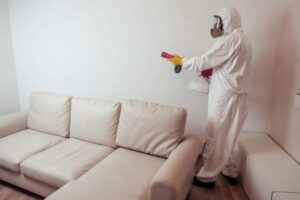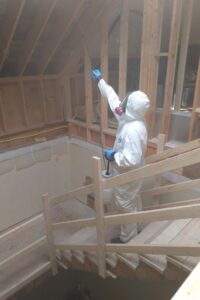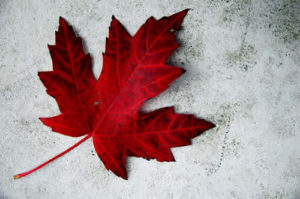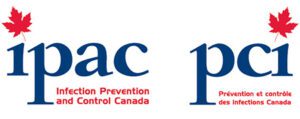Mold…what and where is it found?
Mold…what and where is it found?
Many people continue to ask us about mold…what and where is it found?
With more and more stories coming forward in the news, particularly in the real estate sector, (https://mapleleafmold.ca/when-buying-a-ho…air-quality-test/), people are becoming more and more aware of some of the serious health-related issues that people ar experiencing.
https://www.cbc.ca/player/play/1953214531570


What is it?
According to Health Canada’s website, mold can be any fungus that grows on damp materials. Even though it’s usually referred to as “black mold,” it can be almost any color. The fungus often looks like a stain and sometimes gives off a musty or earthy odor — a clue to help discover it when hidden under paint or wallpaper.
According to the Canadian Mortgage and Housing Corporation website, mold flourishes when it has plenty of nutrients. This can happen when water leaks in from the outdoors — through the floor, walls, roof or plumbing. Mold can also grow when there isn’t enough ventilation to get rid of moisture produced by day-to-day activities in a home such as washing clothes or cooking.
Mold reproduces by releasing tiny spores into the air, and these spores can then be inhaled. Mold spores are always present outdoors, but when growing inside, their concentrated numbers are usually higher.
While some molds are harmless or even useful, fungus growing unchecked can be dangerous to a person’s health and the structural integrity of a building.


What can it do?
Health Canada says mold can cause eye, nose and throat irritation, as well as coughing, wheezing and shortness of breath. It can also cause allergic reactions, worsen symptoms of asthma and has been linked to fatigue and headaches.
While healthy people may not be as susceptible to the effects of mold, it can seriously harm the young. According to the Ontario Ministry of Health and Long-Term Care, mold can cause coughing and bleeding in the lungs of infants and young children.
It can also prove harmful for people with suppressed immune systems. Diabetics, organ transplant recipients, chemotherapy patients and people with AIDS are more likely to react to mold. It can also pose a risk to pregnant women and their babies. Health Canada says if a pregnant woman believes she is experiencing adverse health effects as a result of mold, she should see her doctor.
Where it’s found
Mold can be found anywhere that’s damp — leaving a wide array of building types open for the fungus to grow. The Ontario Ministry of Labour says any building with a history of leaks, floods, fires and poor indoor air quality is at a greater risk of mold infestation. As such, any building with shoddy construction or damage can be a breeding ground for fungus. The Ontario Landlord and Tenant Board lists 77 dispute cases involving mold in rented dwellings in the province in the last year.
The Ontario Ministry of Health and Long-Term Care says mold growth can be more prominent in portable classrooms because their construction and maintenance makes them more mold-prone.
How to prevent mold
To fight mold, Health Canada recommends any leaks in a home be repaired right away. Kitchen and bathroom exhaust fans should be used when cooking and showering and clothes dryers should be properly ventilated to the outside.
Bathtubs and sinks should be sealed tightly so water doesn’t pool and leak where mold could grow. Household humidity should be between 30 and 50 per cent throughout the year. We recommend the use of a dehumidification system as well as an air filtration system with a HEPA filter.
Mold can grow on anything that holds moisture, so things like fabric, paper and wood shouldn’t be stored in basements. If there’s a flood, the wet area should be completely dried within 24 to 48 hours.
How to remove it
Health Canada says a small or moderate amount of mold can be cleaned fairly easily, (we typically find an area under 8 sq. ft. can be handled by a homeowner). On a washable surface, simply apply a safe disinfectant as per the directions provided by the manufacturer. Then scrub the mold away making sure to wear rubber gloves, eye protection and a dust mask. Bleach isn’t recommended. Any area larger than that will require professional help from our company because it can be caused by a major moisture problem or a leak in an exterior wall, foundation or plumbing system.
Permalink: https://mapleleafmold.ca/what-should-i-do…nt-and-find-mold/


Maple Leaf Mold Inc. is a certified mold / asbestos removal and biological disinfection / air analysis company located in Toronto that uses certified IICRC technicians for all testing and remediation projects.
We are a professionally licensed firm experienced in testing, verifying and removing Mold / Asbestos / Lead and other environmental contaminants as well as providing disinfection services to control and kill biological contaminants.
Call 416-254-7256 to talk with us about your issue anytime.






